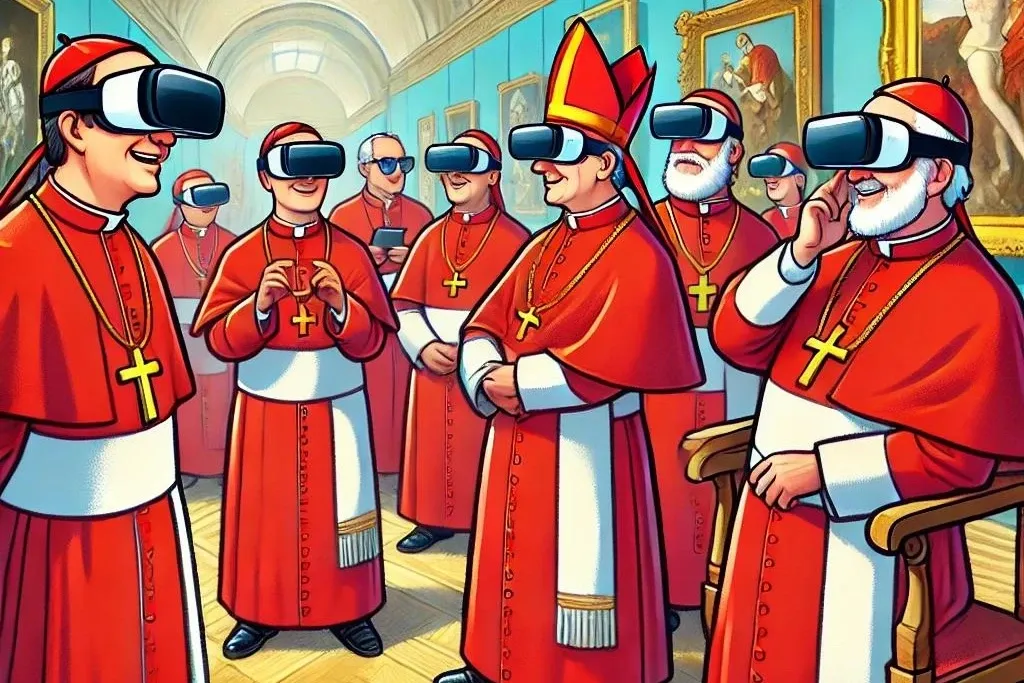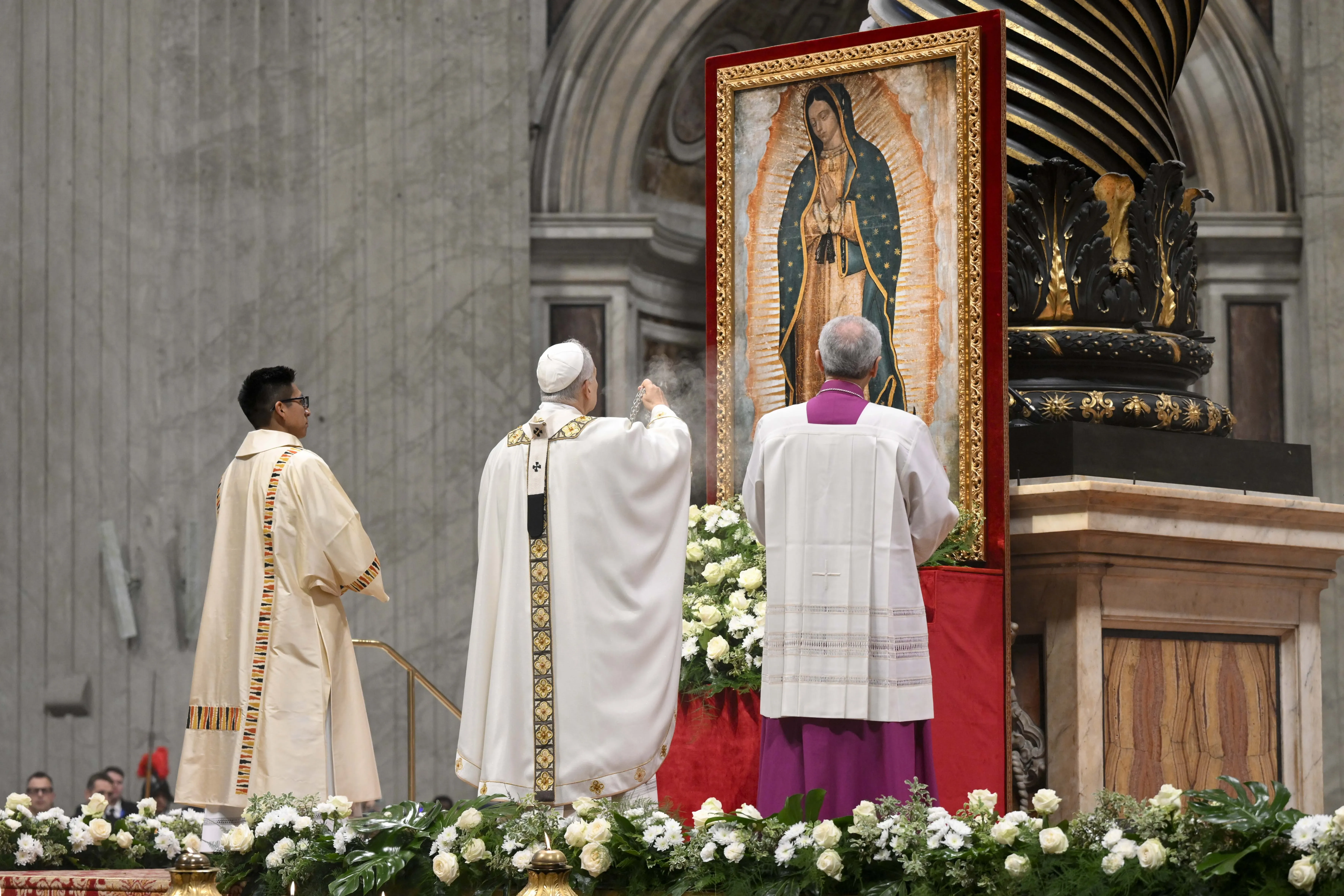Vatican City, 14 November, 2024 / 7:50 pm (ACI Africa).
Catholic cardinals this week donned virtual reality headsets at the premiere of an innovative art exhibit that opened this week for the 2025 Jubilee Year showcasing contemporary art inspired by artificial intelligence.
The exhibit, titled “Interconnected Hearts: Taiwan Contemporary Art Exhibition 2024,” is hosted at the Republic of China’s Embassy to the Holy See, just steps away from St. Peter’s Square. It features art created by three Taiwanese artists using 3D scanning, virtual reality (VR), machine learning, and AI technologies.
Among the first to try out the VR headsets at the exhibit’s premiere on Nov. 11 was 84-year-old Cardinal Silvano Maria Tomasi, the pope’s special delegate to the Sovereign Military Order of Malta.
Cardinal José Tolentino de Mendonça, the prefect of the Vatican’s Dicastery for Culture and Education, described the art exhibition as “intriguing and extremely innovative.”












